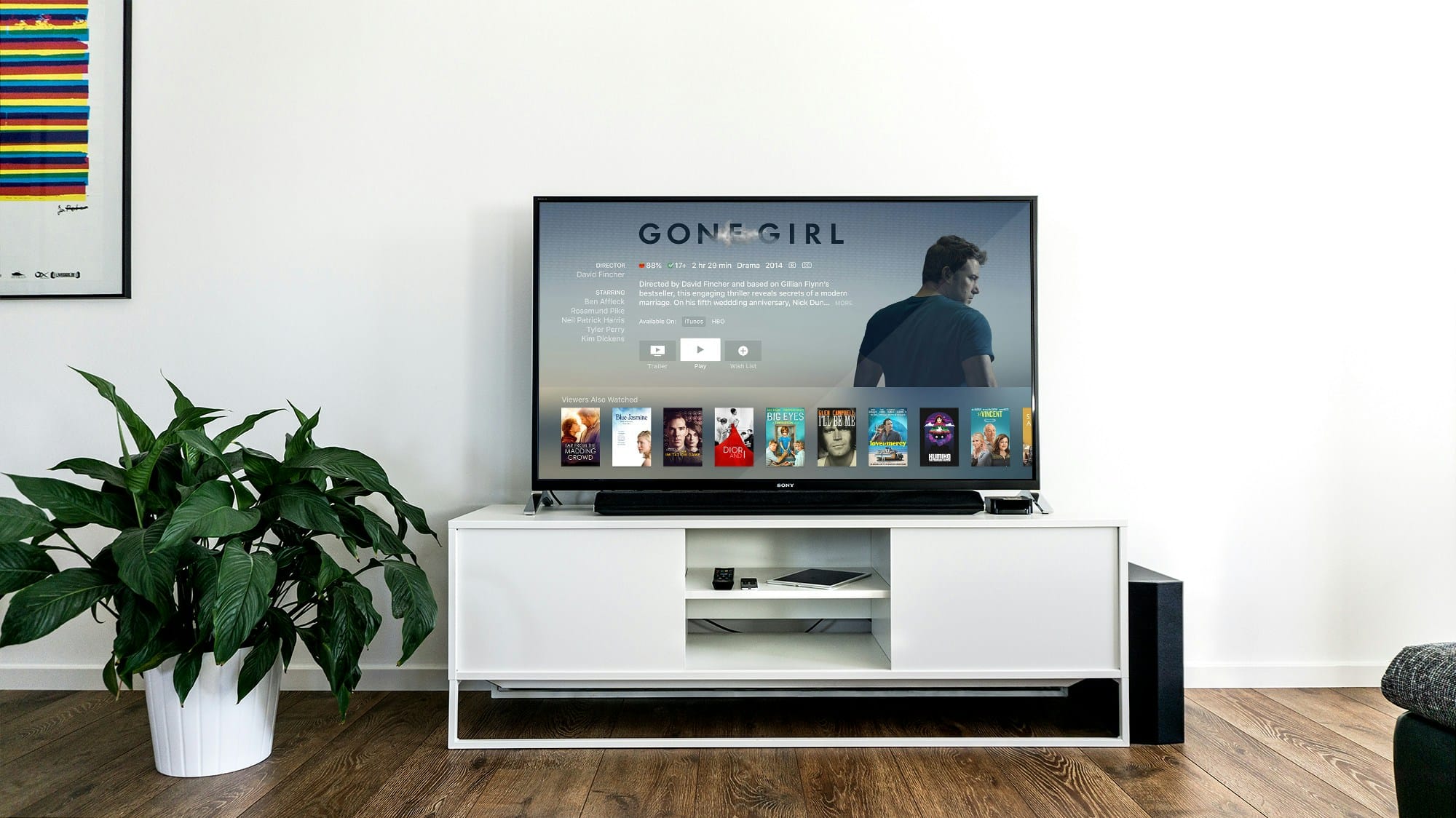Building a home theater: a guide to audio-visual excellence

You dream of having a state-of-the-art home theater system that rivals the experience of your local cinema. Imagine lounging in the comfort of your own home, surrounded by high-quality audio and video that immerse you in the latest blockbuster or concert streaming. This guide is designed to help you create the home theater of your dreams. We’ll take you through the essential components of a home theater, guiding you on how to select the best projectors, screens, speakers, and receivers that suit your room dimensions and personal preferences.
Choosing Your Home Theater Room
Before investing in high-quality audio-visual equipment, it’s crucial to select the right room in your house for the home theater. The room’s size, shape, and even color significantly influence the sound and picture quality.
A voir aussi : Incorporating antiques: blending old and new decor
A rectangular room is often ideal to allow sound waves to move naturally, creating a more immersive experience. Avoid rooms with square shapes or those with asymmetrical layouts as they might lead to audio distortion. Your room should provide enough space for the seating arrangement and the equipment without feeling cramped.
Lighting control is another important aspect to consider. Windows can introduce unwanted light, affecting the video quality on your screen. If you can’t find a room without windows, consider installing blackout curtains or shades to reduce light pollution. The wall color also matters, with darker colors being preferred to prevent light reflection.
A lire également : The art of tablescaping: elegant dining table arrangements
Selecting a Screen and Projector
The heart of your home theater system will be your screen and projector. They determine the quality and size of the images you will watch, making it crucial to choose them wisely.
When selecting a screen, consider the size of your room and the viewing distance. The larger the screen, the further away you should sit to enjoy the best viewing experience. Screen materials also vary, with options like matte white, high contrast gray, and acoustically transparent screens that allow sound to pass through.
Projectors, on the other hand, are categorized into three types: DLP (Digital Light Processing), LCD (Liquid Crystal Display), and LCoS (Liquid Crystal on Silicon). Each type has its merits and demerits in terms of color accuracy, contrast ratio, and black levels. You’ll need to research and decide based on your preferences and budget.
Investing in a Quality Audio System
You’re not just watching a movie, you’re immersing yourself in it. And nothing does immersion better than a good quality surround sound system. It’s not only about how loud your speakers can get, it’s about the quality of sound, the balance, and how it fills up your home theater room.
At a basic level, a 5.1 channel speaker setup is the norm. This includes a center speaker, left and right speakers, two surround speakers, and a subwoofer. For a more enhanced experience, a 7.1 channel setup features two additional speakers that are placed behind the seating area. Dolby Atmos setups take it a step further, adding overhead speakers for a truly immersive sound experience.
The audio receiver is the hub of your sound system. It receives audio and video signals from your sources (like a Blu-ray player or game console), decodes them, and sends them to your speakers and screen. Make sure you choose a receiver that is compatible with your speakers and can support the audio format you prefer.
Getting the Best Video Quality
The quality of video your home theater system can deliver largely depends on the source. Blu-ray players offer excellent picture quality, but you might want to consider media streaming devices for a wider variety of content.
The video quality you get from streaming services can fluctuate based on your internet speed. If you’re an avid streamer, investing in a robust and stable internet connection is crucial. Additionally, ensure your receiver can handle 4K and HDR signals if you plan to watch content in these formats.
Setting Up Your Home Theater
Once you’ve purchased your equipment, the next step is setting up your home theater. This involves positioning your screen and speakers, connecting your devices to the receiver, and calibrating your system for optimal performance.
The screen should be positioned at a comfortable viewing height, with the center of the screen at eye level from your seating position. The speakers should also be arranged to create a sound field that envelops you. This typically involves placing the front left and right speakers at an angle to the main seating position, with the center speaker directly in front.
After everything is set up, it’s time to calibrate your system. This involves adjusting the speaker levels and distances, as well as the picture settings on your projector. Many receivers come with automatic calibration systems, but manual calibration can also be done with some research and a good ear.
Remember, building a home theater is an art, and it requires time, patience, and sometimes a bit of trial and error. With this guide, you are well-equipped to embark on this exciting journey. Enjoy the process and soon you’ll be enjoying your favorite movies and shows in the comfort of your dream home theater.
The Importance of HDMI Cables and Speaker Wire
HDMI cables and speaker wire play a critical role in your home theater setup. They are the vital links that connect all your audio-visual equipment together, from your Blu-ray player to your high-definition projector. Without these cables, it would be impossible to transmit audio and video signals from your devices to your screen and speakers.
HDMI cables are responsible for transferring video and audio signals from your media sources, like Blu-ray players or game consoles, to your receiver and screen. They support high-definition and 4K content, allowing you to enjoy your movies and shows at their best quality.
If you plan on viewing content in 4K or HDR, ensure you get HDMI cables that can support these formats. Not all HDMI cables are the same: those labeled "High Speed" are designed to handle 4K and HDR signals, while "Standard" HDMI cables are suited for lower-resolution content.
Meanwhile, speaker wire is used to connect your speakers to the audio receiver. The length and thickness (gauge) of the wire can affect sound quality, particularly in larger rooms. As a rule of thumb, the longer the wire, the thicker it should be.
Properly installing these cables can vastly improve your home theater experience. Avoid running speaker wires along power cables to prevent interference. Also, make sure to safely secure your cables to avoid tripping hazards.
Adding the Finishing Touches: Theater Seating and Room Decor
Having a comfortable theater seating arrangement can greatly enhance your viewing experience. When you’re comfortable, you’re more likely to be immersed in what you’re watching.
Choose seating options that align with the size of your room and the number of people you expect to host. Reclining chairs offer the ultimate in comfort and can often be arranged in rows or semi-circles to mimic the feel of a real cinema. Ensure there’s enough space for people to move around comfortably.
Room decor can also contribute to the overall theater experience. Consider incorporating movie posters, popcorn machines, or even a candy dispenser to create a cinema-like atmosphere. Remember, the goal is to build a space where you and your family can relax and enjoy your favorite films or shows.
Conclusion: Enjoying Your Home Theater
Building a home theater can be a fulfilling project that enhances your entertainment experience. The process might require time, patience, and careful planning, but the end result is worth it: a personalized, high-quality audio-visual system that elevates your movie nights to new heights.
Whether you prefer the immersive sound of a surround sound system, the stunning visuals of a high-definition projector, or the comfort of plush theater seating, creating your home theater allows you to design an entertainment space that perfectly suits your preferences. As you’re setting up your system, remember to pay attention to the small details, from the type of HDMI cables and speaker wire you use, to the placement of your speakers and screen.
When you’ve finally put everything together, it’s time to sit back, relax, and enjoy the fruits of your labor. Put on your favorite film, pop some popcorn, and lose yourself in the magic of cinema – right in your living room. Enjoy your dream theater setup, and make every night a movie night with your state-of-the-art home theater.
